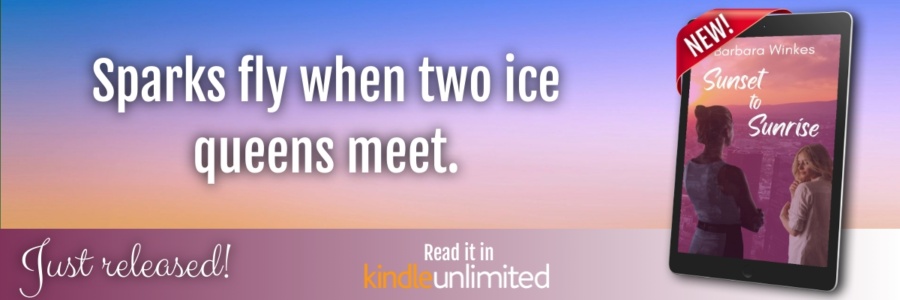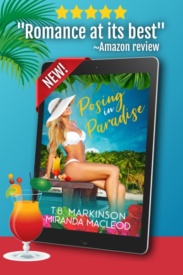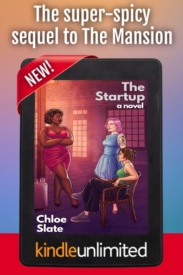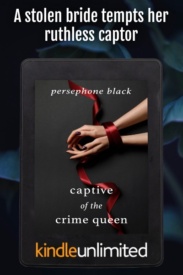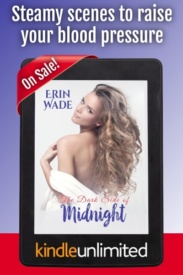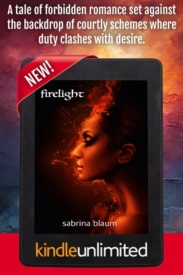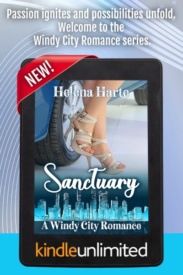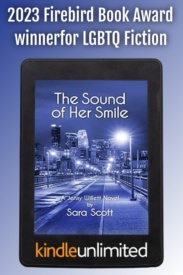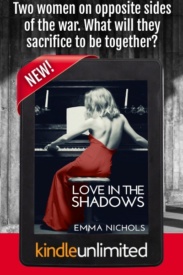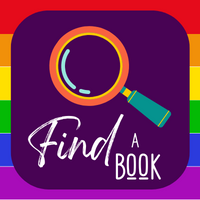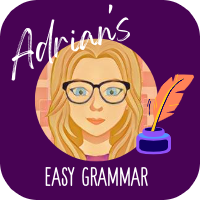
Hello and Happy Easy Grammar Tips Wednesday!
Adrian J. Smith is a writer and editor who has a not-so-secret love of grammar. She’s always happy to provide useful grammar tips to help writers understand and remember some of those pesky writing rules that can trip us up.
Let’s bring on this week’s grammar tip!
Grammar Wednesday: COMMA SPLICE–Semicolon
Our new grammatical issue to look at, for the next fews weeks or so, is the comma splice. Are you ready? This one has been the bane of my existence since my early college years. My prof would go through and take a red marker to ALL my comma splices, and let me tell you, that was a lot. I stopped using commas after that for years!
WHAT IS A COMMA SPLICE?
Commas are a crazy thing to try and learn. Commonly, when in the process of learning how to punctuate commas and add them in, one learns to add them where they should not be. Typically, one of these places is called a comma splice. This is where there are two independent clauses smooshed together into one sentence only by a comma. Now, commas are powerful things, don’t get me wrong. They’re like the dukes and duchesses of grammar. But they do not belong in the chamber of the compound sentence.
Comma splices are typically hard to find, because there is still a natural pause in the sentence. However, comma splices can easily become the bane of someone’s existence (a.k.a me for the past five or six years).
Here are some examples of comma splices.
1. “I kissed a girl, I liked it.”
2. She didn’t know what to say, she was stunned into silence.
3. “I didn’t know you could do that, you can do that?”
4. Adrian is writing a forum on comma splices, she is sitting in class.
Use a semicolon
A semicolon is used as a way to separate the two independent clauses more than just a comma and coordinating conjunction. A semicolon has a firmer break in the thoughts. A comma and coordinating conjunction is like a California stop (or a rolling stop) at a stop sign, and the semicolon is like a full stop but starting up again right away.
EXAMPLES
2. She didn’t know what to say, she was stunned into silence.
RESOLUTION:
She didn’t know what to say; she was stunned into silence.
Here we use the semicolon to connect these two sentences. Both actions of the subject are completely connected. Semicolons also help to keep tension high when in an action scene (though, complete shorter sentences will help more adequately).
8. The full, bright moon rose above the tree line, the light shone down onto the one path that led into the forest.
RESOLUTION:
The full, bright moon rose above the tree line; the light shone down onto the one path that led into the forest.
Using a semicolon here allows the two sentences to stay closely connected and for the reading of it to be more poetic than a pure stop that a new sentence start would give. This connects more closely the light and the moon.
9. She wanted to go to the party, however, she had no ride.
RESOLUTION:
She wanted to go to the party; however, she had no ride.
Whenever you have “however” in a sentence, there is a great likelihood that a semicolon will need to be placed on one side or the other of it. It is not, however, always the case (see what I did there =P). The likelihood that it will happen is high. You still have the two independent clauses: “she wanted to go to the part” and “she had no ride” can both stand-alone as sentences.
Adrian’s Bio:
 Adrian J. Smith has been writing nearly her entire life but publishing since 2013. With a focus on women loving women fiction, AJ jumps genres from action-packed police procedurals to the seedier life of vampires and witches to sweet romances with a May-December twist. She loves writing and reading about women in the midst of the ordinariness of life. Two of her novels, For by Grace and Memoir in the Making, received honorable mentions with the Rainbow Awards.
Adrian J. Smith has been writing nearly her entire life but publishing since 2013. With a focus on women loving women fiction, AJ jumps genres from action-packed police procedurals to the seedier life of vampires and witches to sweet romances with a May-December twist. She loves writing and reading about women in the midst of the ordinariness of life. Two of her novels, For by Grace and Memoir in the Making, received honorable mentions with the Rainbow Awards.
AJ currently lives in Cheyenne, WY, although she moves often and has lived all over the United States. She loves to travel to different countries and places. She currently plays the roles of author, wife, and mother to two rambunctious toddlers, occasional handy-woman. Connect with her on Facebook or on Twitter.


